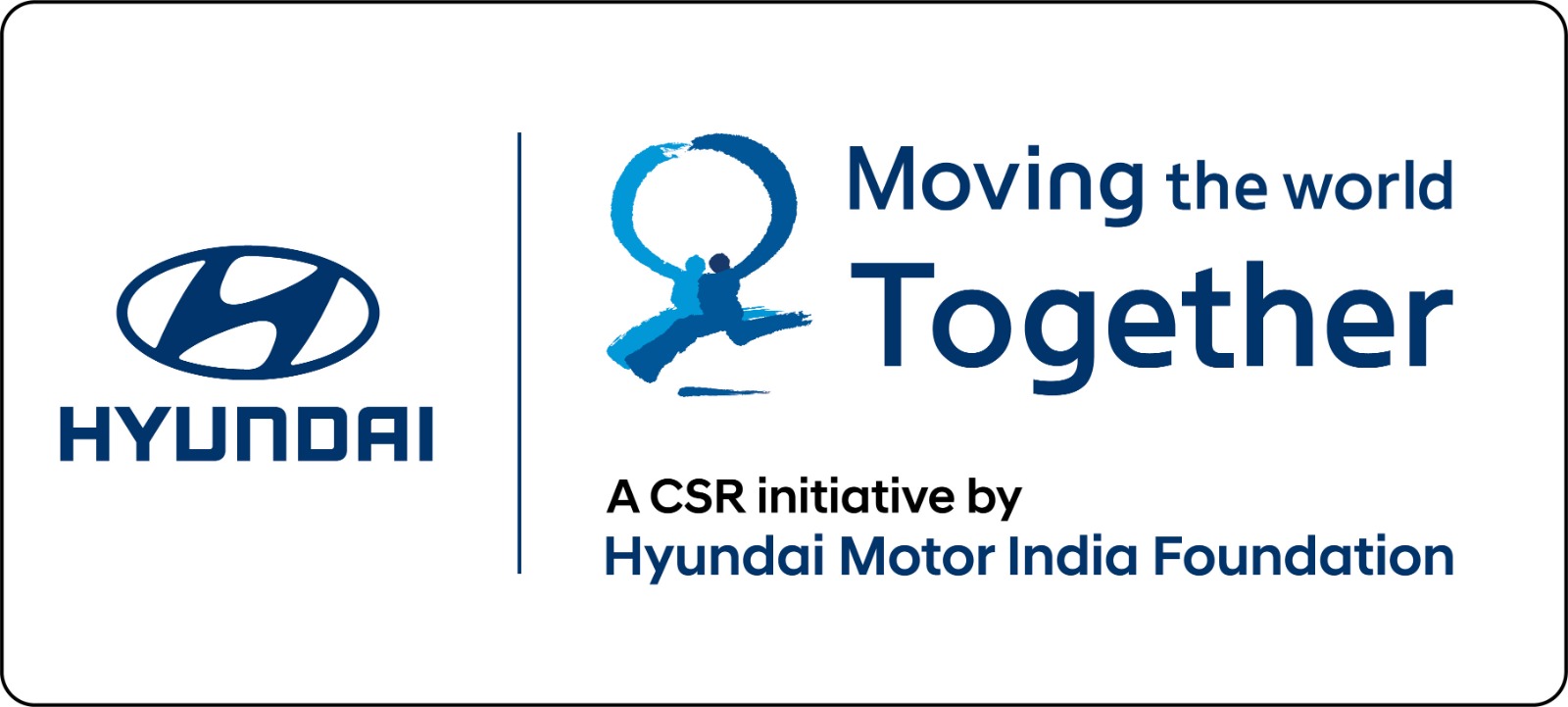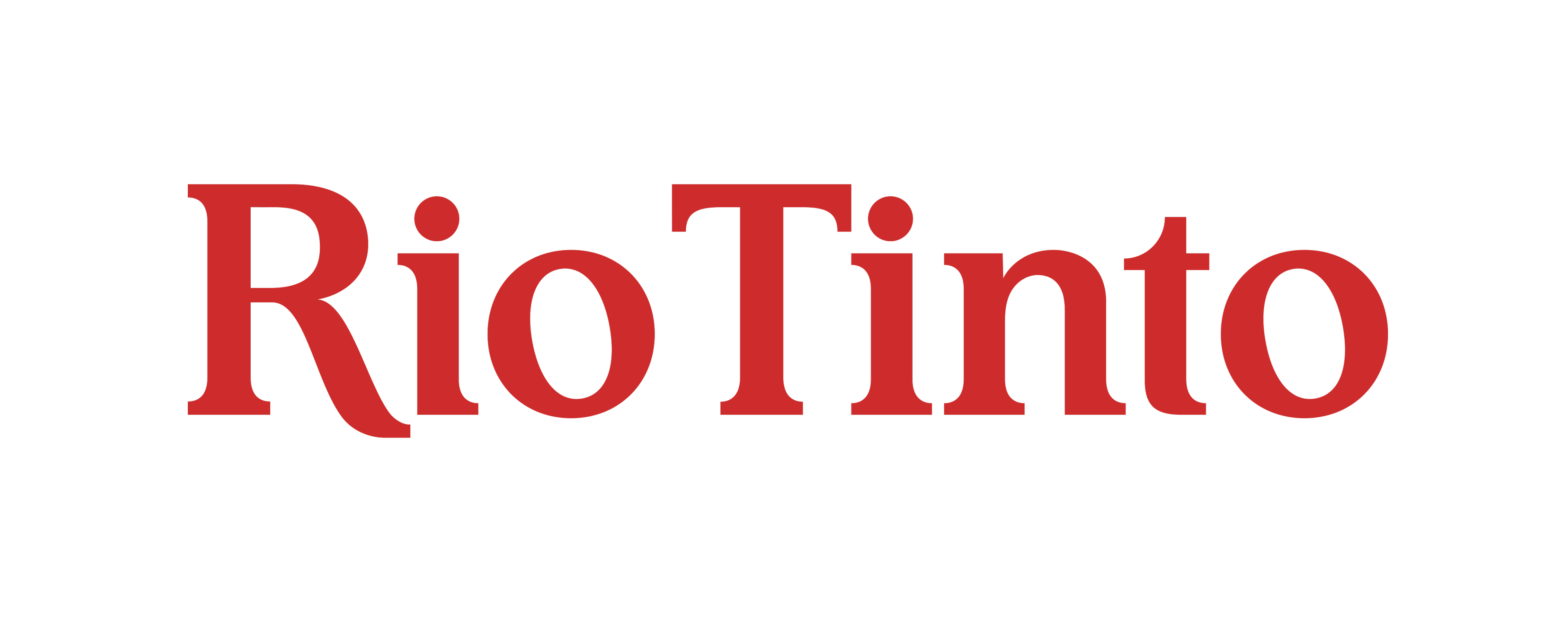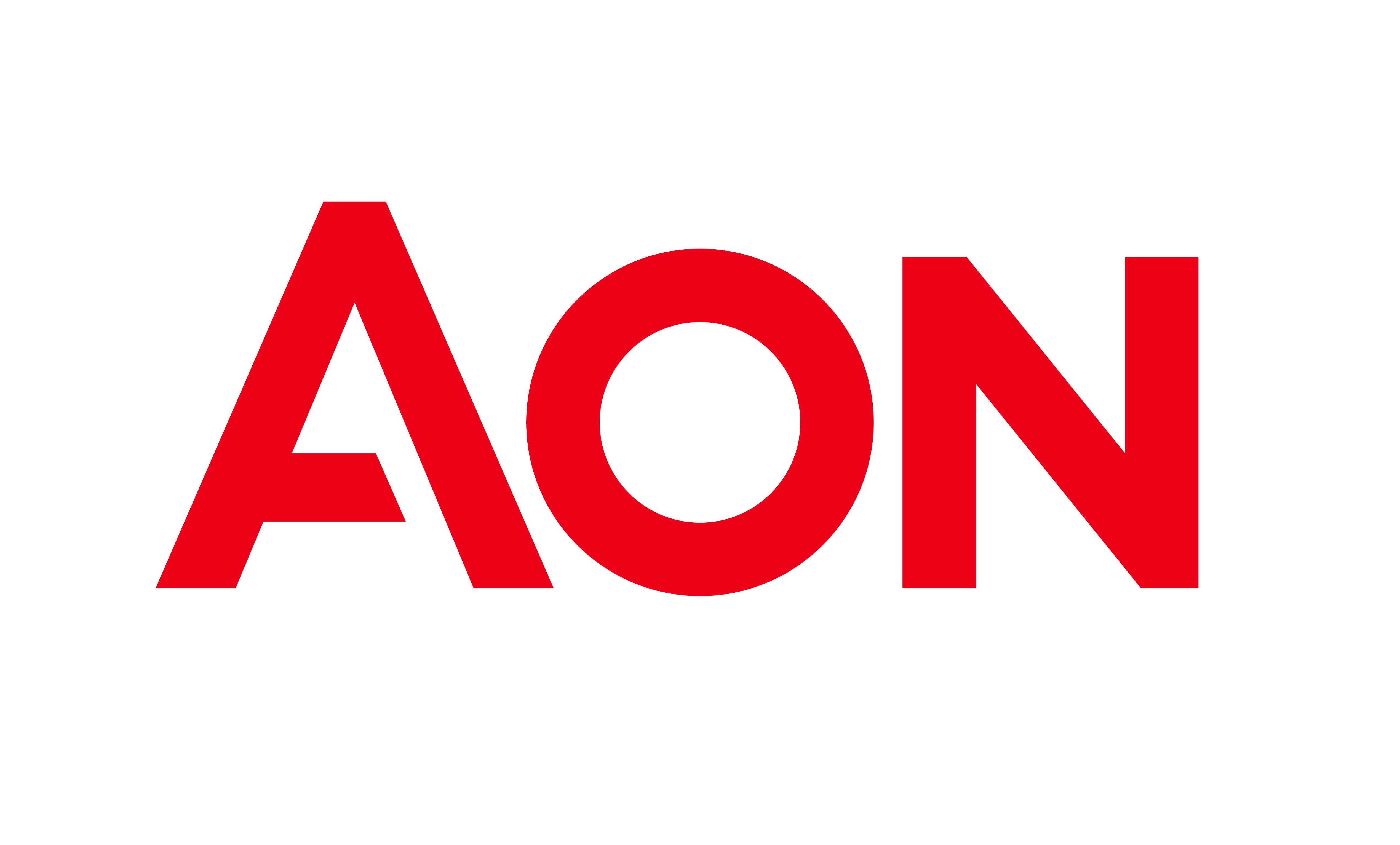OUR SUPPORTERS











.png)

.png)


Approaching final years of making India-Open Defecation Free (ODF) by 2nd October 2019 marking 150th birth anniversary of Mahatma Gandhi, there is a good reason to be sceptical about the efficacy of the implementation Swachh Bharat Abhiyan (SBA). Three years now from the same day as it was launched by the Prime Minister Narendra Modi, the primary strategy of the SBA has been physical construction of toilets. The programme saw money being spent per toilet from the INR 10, 000 to INR. 12,000 mandating that water storage tanks be built alongside government latrines. However, successive government have emphasized the need of better sanitation facilities, cleanliness and community hygiene through programs like Nirmal Bharat Abhiyan’, and ‘Total Sanitation Campaign’ and ‘Central Rural Sanitation’ programmes – different names but same intent.
Helping achieving this ambitious mission, the Corporate Social Responsibility (CSR) Act 2013, mandates industries to spend 2 per cent of their annual average net profits of the preceding three years on community development. The Government has set up the Swachh Bharat Kosh (SBK) so that big and small corporations provide help to the mission by donating funds in the form of their CSR and also to attract funds from individual volunteers. However the scepticism lays in the approach i.e. the method of achieving this mission, which is merely focusing on construction of sanitation units and completely ignoring the maintenance and behavioural change component of the mission.
According to government expenditure data, the centre had spent 89% of its annual budget by early January 2017. Importantly, the goal post has shifted. The measure of success has moved from the mere construction of toilets to achieving “open defecation free” (ODF) status and village after village have been busy trying to meet this goal. Between April 2016 and January 2017, the total number of villages that had declared themselves ODF more than doubled from 49,599 in 2015-16 to 146,775. Household toilet availability has improved from 41.93% in 2014 to 63.98% in 2017, and Himachal Pradesh, Sikkim and Kerala have achieved 100% open defecation-free (ODF) status (as per data from the Ministry of Drinking Water and Sanitation show (as of May 22, 2017))[i]. However, almost all the progress reported by the ministry has been without third-party verification, due to which the World Bank is holding off a $1.5 billion loan it had promised. The reason being that World Bank has termed the scheme’s implementation ‘moderately unsatisfactory’.[ii]
Construction Race: Since 2014, 40 million household latrines have been constructed. Between May 1 and May 21, 2017, 489,710 individual household latrines were constructed across the country, data accessed on May 22, 2017 from the Swachh Bharat Mission-Gramin website show. That’s an average of nearly 25,000 toilets constructed per day. Moreover, Gram Panchayats have self-declared 193,081 villages to be ODF, but 53.9% of these have not been verified, according to the Ministry of Drinking Water and Sanitation, which is responsible for Swachh Bharat Mission-Gramin, which accounts for 85% of Swachh Bharat Mission’s budget. (Data accessed on May 22, 2017).[iii]
Is that what we have? Has the Swachh Bharat Mission (SBM) made meaningful progress towards accelerating the decline of open defecation?
Latrine build is not equal to latrine used:As of 2016, 36.7% of rural households and 70.3% of urban households–48.4% of households’ overall–used improved sanitation facility, data from the National Family Health Survey 4[iv], which was conducted between January 2015 and December 2016, show a majority, 51.6%, did not. Improved sanitation facility means having a system that separates human excreta from human contact which includes piped sewer system, septic tank, pit latrine, etc.
What interested me more was the finding that derived from the study conducted and published by the Research Institute for Compassionate Economics, a non-profit research institution, that almost 47% of those who defecated in the open said they did so because it was pleasant, convenient and comfortable, a 2014 survey of 3,200 households in five states with the highest rates of open defecation found. Among households that had built a latrine, 40% had at least one family member defecating in the open, the study conducted by the Research Institute for Compassionate Economics, a non-profit research institution, found[v]. “Programmes must concentrate on behaviour change and promoting latrine use, rather than building latrines. Although building latrines could be part of a successful policy package, little will be accomplished by planning to build latrines that will go unused,” the authors noted. Indians’ preference for open defecation has to do with the practice of untouchability and beliefs about purity, according to this 2017 study by the same institute. Through quantitative and qualitative studies, they found people considered having and using pit latrines impure and polluting. “Open defecation, in contrast, is seen as promoting purity and strength, particularly by men, who typically decide how money is spent in rural households,” the study found.
Information, education and communication neglected: The SBM targets appear to be in conflict with the imperative of behaviour change. One of the key reasons being Government officials have little choice but to focus on deadlines. Since the focus of Swachh Bharat Mission-is also on behaviour change, the guidelines require that 8% of the funds be allocated for information, education and communication (IEC) activities. However, while against this, the actual expenditure is even lower, dropping from 4% in 2014-15 to 1% in 2015-16 and 2016-17 according to Accountability Initiative’s budget brief. In contrast, 98% of the funds had been spent on construction of toilets in individual households. Duplicate entries, ghost beneficiaries and missing households were the first stumbling block that researchers from the Accountability Initiative of the Centre for Policy Research faced while tracking beneficiaries of the government’s sanitation interventions across 7,500 households in 10 districts and five states in a December 2015 study. Eventually, they studied 1,500 households that they could identify from the list. They found that a third of the households that government records showed as having achieved “sanitation status” actually had toilets, while 36% that had constructed toilets said these were unusable. Of the households with a latrine which had at least one member of the family defecating in the open, the most common reasons cited were absence of water and the pit being too small. Further, 40% of those who had applied for money from the government to build toilets reported not receiving it.
So, how do we realistically need to achieve a Swachh Bharat? Firstly, merely building toilets will not be the only solution; ‘changing people’s behaviour’ is imminent with the physical construction. Pushing the problem under the surface, literally and figuratively, will in fact compound the crisis. We need end-to-end solutions. Toilets are only the first step, they have been built before, and as we’ve seen above, the results are appalling. But sooner one accepts this, the better. If we are serious having a clean India, there must be a ‘behaviour change’ as well. While a deadline to deliver on a scheme is a welcome step, it must also allow for results the country needs – the complete sanitation chain.
Moreover, the key recommendation suggested in the report, titled ‘Swachh Bharat Mission (Urban) Towards Cleaning India: A Policy Perspective of the TERI University must be taken into account. It is the key government’s responsibility to ensure quality in its subsidised toilets – to provide transport, treatment, and disposal of excreta, not the people’s. Also investments in sewerage systems must match investments in water supply. In order to reduce net water demand, recycling and reuse of the waste water must be part of the water-sewage system planning. As of now, treatment of liquid waste is not covered under the SBM (Urban). Bringing sewage and sewage management under the urban component of the Mission with pilot studies is recommended. Hence, review all laws and rules on waste management for strict enforcement and waste management should be based on the polluter-pays principle. The charges for waste management may be collected along with property tax, water supply bills or electricity bills, as felt appropriate by the State governments/ULBs. Public-private partnership to be strengthened for managing the supply requirements as the supply-demand gap in production of sanitary ware and production materials is unmet and there exists a huge backlog. Appropriate institutional arrangements at State and local level to ensure community and civil society participation for planning and management of sanitation sector. Capacity building of communities, Self-Help Groups (SHGs), ULBs, CSOs, NGOs, in scaling up sanitation in the urban slums and peri-urban areas. Finally, a separate measure for operation and maintenance of community and public toilets is a desirable.
[i] ‘The many lessons from Swachh Bharat’, The Live Mint, 10th October 2017. http://www.livemint.com/Opinion/ZNhkGdgK0fvbvRWV02XDWL/The-many-lessons-from-Swachh-Bharat.html
[ii] ‘2.5 Years On, Swachh Bharat Mission’s Claims Remain Unverified’, India Spend, 24th May 2017. http://www.indiaspend.com/cover-story/2-5-years-on-swachh-bharat-missions-claims-remain-unverified-93558
[iii] Swachh Bharat Mission-Gramin Website: http://sbm.gov.in
[iv] National Family Health Survey, http://rchiips.org/NFHS/factsheet_NFHS-4.shtml
[v] Research Institute for Compassionate Economics http://riceinstitute.org/sanitation/
DISCLAIMER
The opinion and views expressed in this blog are purely personal. It represents my own thoughts doesn’t represent any people, institutions or organization that I may or may not be related with unless stated explicitly. This blog just provides a snapshot of the knowledge, views and opinions that I hold at a particular point of time and these might change over a period of time. My blog includes links to other sites/blogs operated by third parties. These are provided as a means of convenient access to you to the information/opinion contained therein. I am not responsible for the content/comments other than those made by me from therein. At last, I reserve the right to evolve my knowledge, thoughts and viewpoints over time and to change them without assigning any reason.











.png)

.png)

